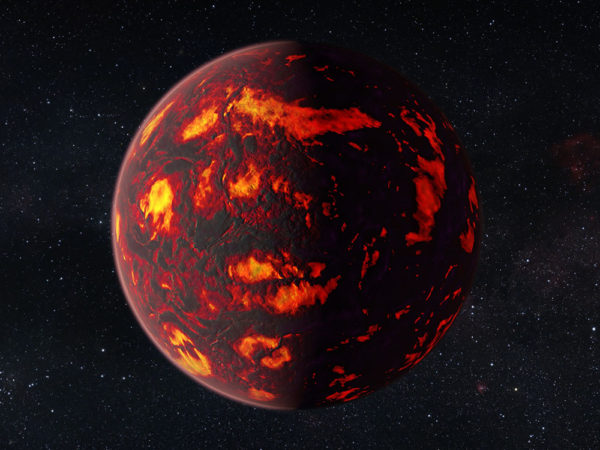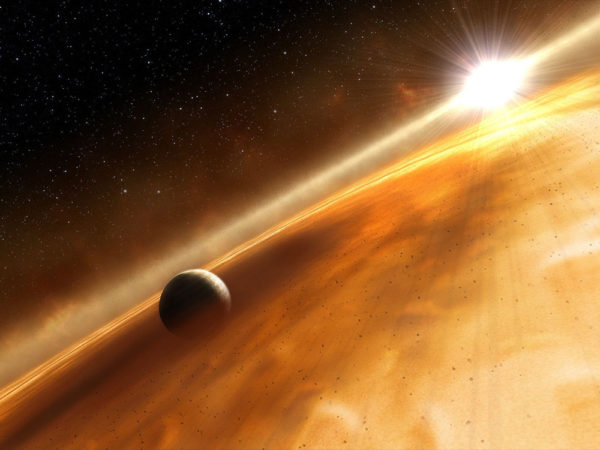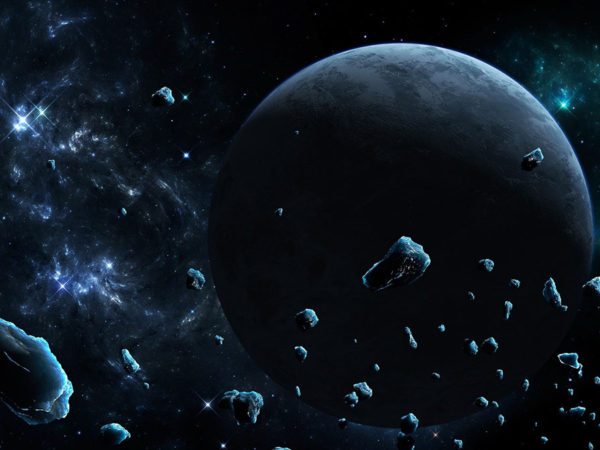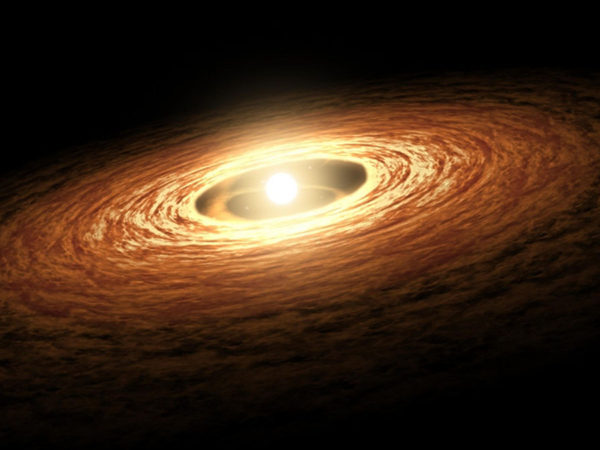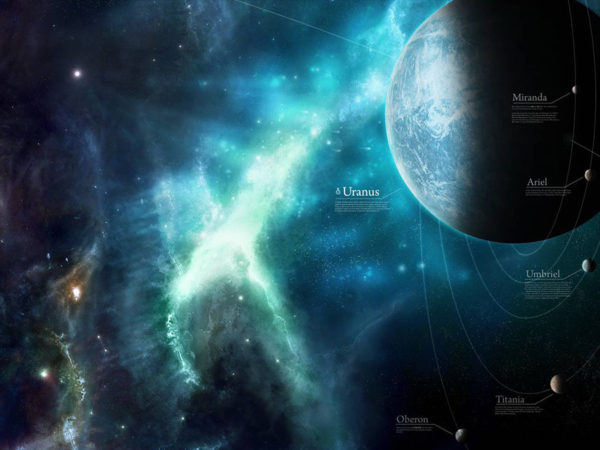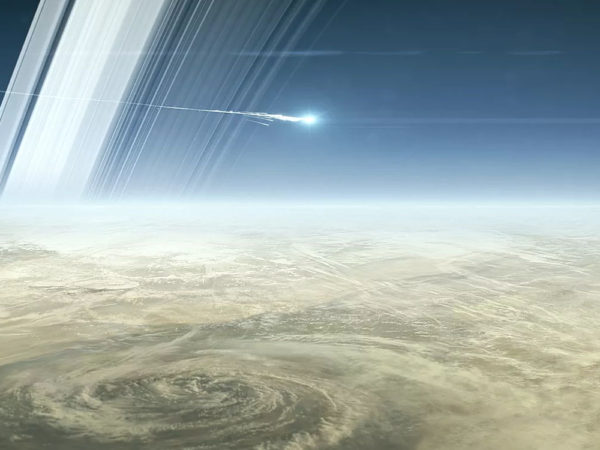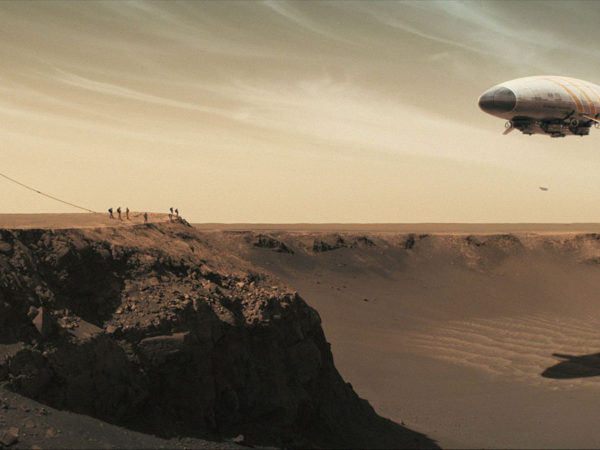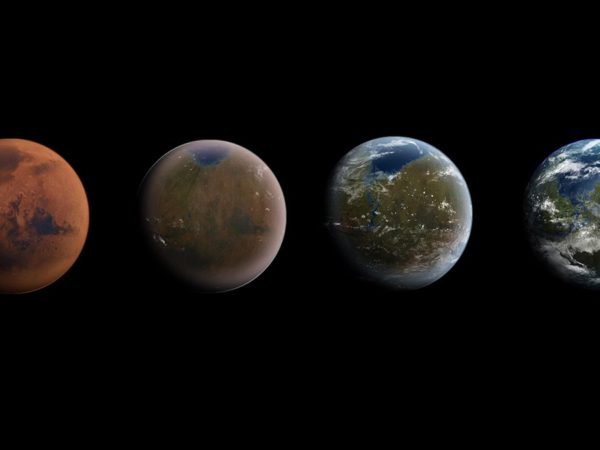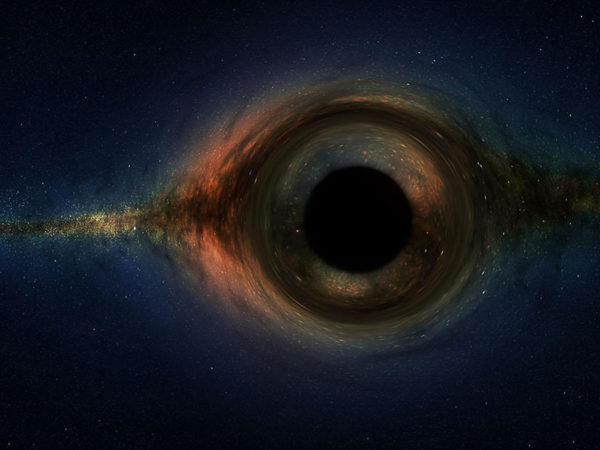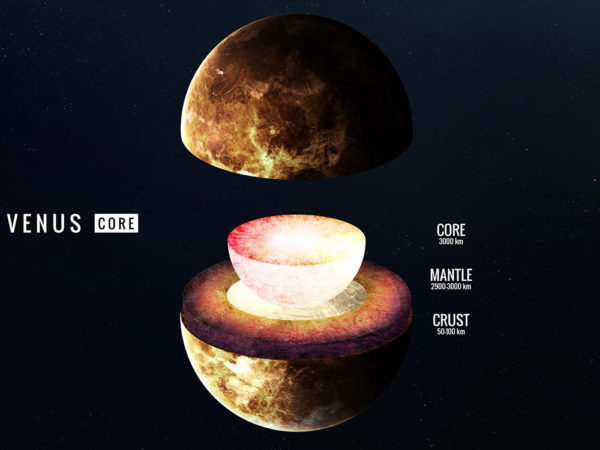Exploring bleeding edge experiments, oddities, new and bizarre dicoveries, and fact-checking conspiracy theories since 2008. No question is out of bounds and no topic is too strange for a deep dive.
# space
# space
A tiny, roughly kilometer sized rock might not seem like much of a discovery, but it’s an important confirmation of our models of planetary formation and solar system evolution.
# space
A binary system observed by ALMA isn’t wonky, it’s the first example of an anomaly we only thought was possible until we saw it with our own eyes: a polar protoplanetary disk.
# space
A recent paper imagines a new explanation for the strange motions of Trans-Neptunian Objects observed by astronomers for the last 200 years, but it doesn’t mean that we won’t still search for Planet Nine.
# space
A nearby baby star has been discovered with a warped protoplanetary disk — a feature that may reveal the true nature of the solar system’s planetary misalignments
# space
A massive collision seems to be the only plausible reason why Uranus is the oddball it is, and now we have an idea of what it might have looked like. So what do we do with this data?
# space
Saturn’s rings are young and might be gone almost as quickly as they appeared in planetary terms, according to the latest research by NASA.
# space
InSight’s recording of Martian winds isn’t what you’d hear if you were on the planet yourself. And if you start asking why, you’ll find out some bizarre and fascinating things about how winds work on alien worlds.
# space
We’ve dreamt of turning Mars into Earth 2.0 for decades. But is it possible? Or even worth the effort?
# space
New observations of the center of our galaxy have, for the first time, revealed hotspots in the disk of chaotic gas orbiting our Milky Way’s supermassive black hole.
# space
How do we know what the insides of Venus or Jupiter look like? The short answer is that we don’t. The longer answer is that we make a fairly accurately guess.
